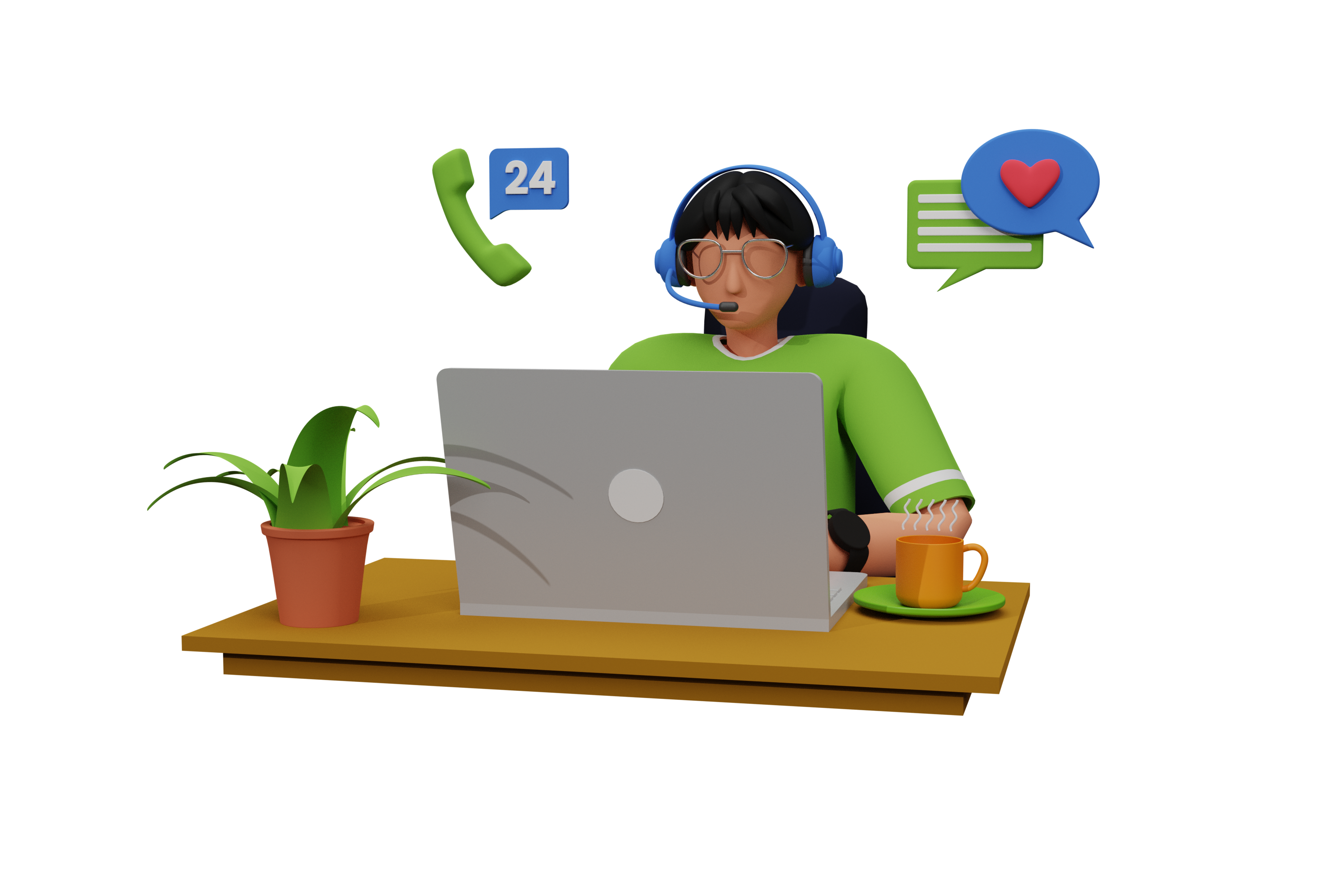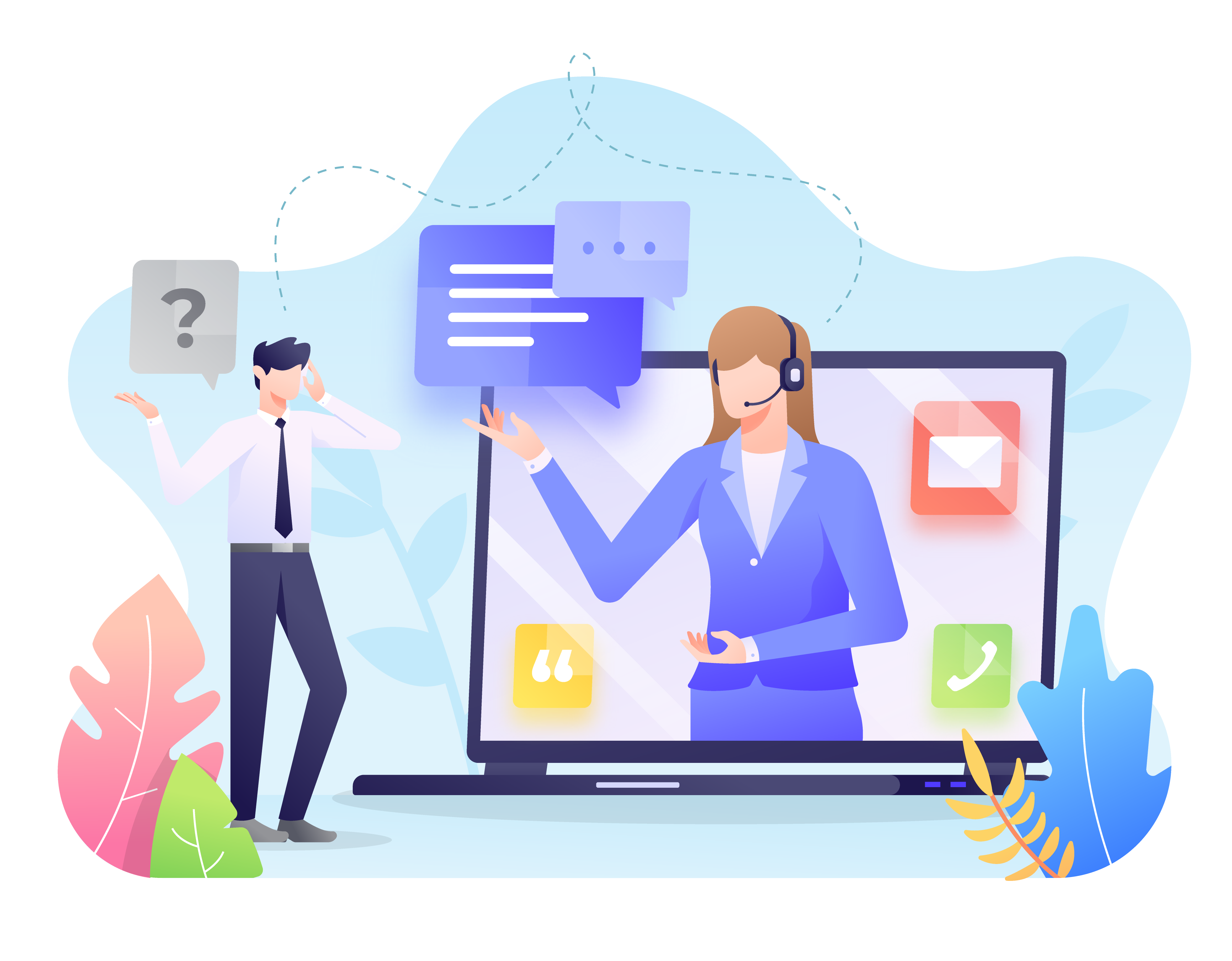
To comprehend how a customer feels about a product or service, resolve customer complaints, and assure customer happiness, customer care employees use their listening skills. However, hearing what customers have to say is the first step to active listening.
But what’s the difference between the Listening & Hearing Skills
Listening abilities in customer service entail not just noting down the words said by the customer, but also noting down the nuances of the issue stated. It could be linked to the tone of speech, which a skilled listener can detect vs someone who only hears what is being said.

what you should know about listening abilities in customer service
Pretend Listening : To give the impression that someone is listening, they simply nod and make filler sounds. There’s a better chance they’re buried in thinking about something else.
Selective Listening : When someone chooses to listen selectively, they are able to focus on the conversation for only as long as it piques their interest. If they don’t think it relevant or important, they may become bored and quit caring.
Attentive Listening : When someone decides to offer their whole attention to someone, they are able to sense how that other is feeling at the time and ask follow-up questions for further clarity.
Digital technology has made our world more transparent and interconnected, posing new challenges and opportunities for every business. A holistic, user-centric perspective is what truly sets one apart.
How can you enhance your listening abilities in customer service?
1. Pay Full Attention to The Speaker
You may be an expert multitasker, but if you’re on a customer care call and start working on anything else at the same time, there’s a good chance you won’t be able to solve the problem the first time. Because you think you’ve dealt with a similar problem before, you might be engaging in a secondary activity. If you’re on the phone, your boredom may come through in your tone as well. If you write an email, you may come across as a robot, repeating the same canned responses over and over. As a result, your consumer now feels undervalued.
2. Provide customised customer service
The importance of resolving requests within a specified deadline is emphasised. While speed is vital for providing excellent customer service, patience is also required to boost customer satisfaction rates. Address your consumer by their first name; this will improve your interactions tremendously. Inquiring about their day is an excellent habit to develop. Introduce them join your loyalty programme as a thank you for their business if they are a regular customer.
3. Empathize With Your Customer
Because most client encounters no longer take place in person, you may not be able to interpret facial emotions or communicate with your body language. In this situation, it’s critical for you to comprehend your clients’ concerns, be aware of how they’re feeling, and let them know you understand their predicament. Never assume that they understand exactly what you mean, or that you understand exactly what they mean.
4. Ask for Feedback and Act on It
Gathering input from your consumers and using it to improve the customer experience is one of the most critical things you can do to improve it. Acting on client feedback can help you enhance not only your customer-agent interactions, but also your product offering.
You don’t have to give feedback in the form of a survey at the end of your session. During a consumer engagement, you might also ask for active feedback. Start your queries with a ‘What, why, when, and where’. The responses can be used to better understand client concerns and come at a quick solution. Some customers may provide comments without your request.
5. At the end of the conversation, summarise your customer’s points.
Make sure you explain the dialogue in your own terms once you’ve figured out what your consumer wants. This is a terrific technique for you to demonstrate that you’ve been paying attention the entire time. It also assists you in ensuring that you have correctly understood the customer’s viewpoints and problems, so avoiding misunderstandings. A customer, for example, may require you to tailor a product for them. Summarizing what they’ve ordered ensures that you understand their needs and expectations, demonstrating that you’ve paid attention.
You don’t have to give feedback in the form of a survey at the end of your session. During a consumer engagement, you might also ask for active feedback. Start your queries with a ‘What, why, when, and where’. The responses can be used to better understand client concerns and come at a quick solution. Some customers may provide comments without your request.
6. Avoid Emotional and Instinctive Reactions
When it comes to client engagements that entail email communication, there is a strong emphasis on responding as fast as possible. While prompt responses are vital, a well-thought-out and articulated response is just as important. Send your customer an acknowledgment email to confirm receipt of their concerns and assure them that you are working on a solution for them if the issue is complex and you need time to reach out to the appropriate team members to fix it.


